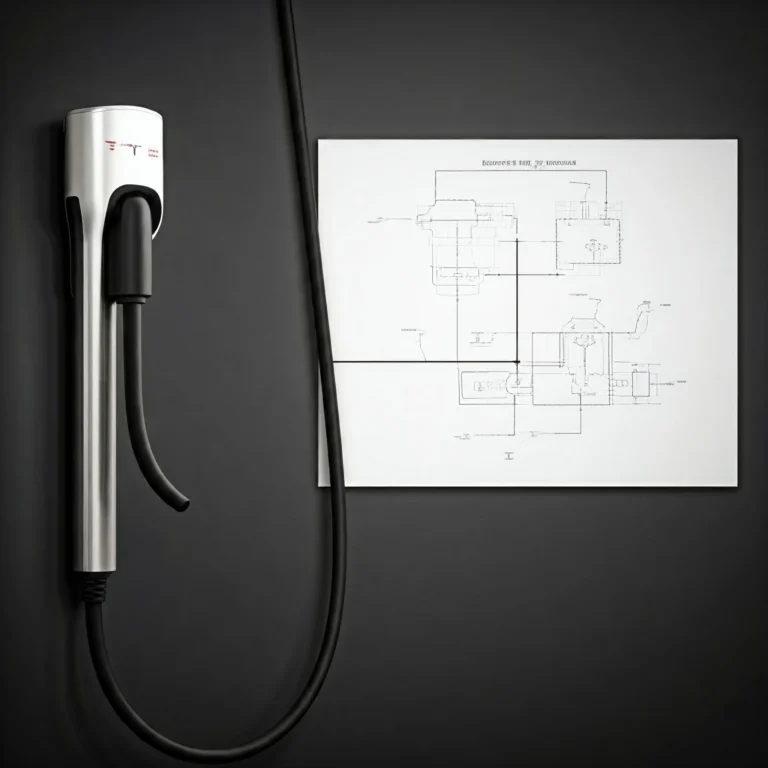How long do car seats last?
When it comes to ensuring the safety of your child while traveling, one critical consideration is the lifespan of car seats. Understanding how long car seats last can help you make informed decisions about when to replace them and ensure your little one is always secure.
Car seats generally last for about six years from the date of manufacture. This lifespan is based on factors such as material degradation, exposure to sunlight and heat, and overall wear and tear from normal use. It’s important to check the expiration date on your car seat, which is typically found on a label or sticker. If you’re unsure about the expiration date or the condition of your car seat, it’s always best to consult with a child safety expert or your local car seat safety program.
Here’s everything you need to know about the longevity of car seats.
General Guidelines for Car Seat Lifespan
Most car seats come with an expiration date, which is typically between six and ten years from the date of manufacture. This range can vary depending on the manufacturer and the type of car seat. It is essential to check the specific expiration date printed on your car seat’s label or in the user manual.
Why Do Car Seats Expire?
- Material Degradation: Expired Car seats are made from various materials, including plastics and foams, which can deteriorate over time. Exposure to heat, sunlight, and moisture can accelerate this deterioration, reducing the seat expiration dates’ effectiveness in protecting your child.
- Safety Standards Changes: As safety technology evolves, new regulations are implemented. An older car seat may not meet the latest safety standards, even if it appears to be in excellent condition.
- Potential Damage: Car seats can experience wear and tear from regular use, accidents, or improper storage. Even if a car seat looks fine from the outside, internal components may be compromised and less able to protect during a collision.
Factors Influencing Car Seat Lifespan
Several factors can affect how long a car seat remains safe for use:
1. Type of Car Seat:
- Infant seats typically have a shorter lifespan than convertible or booster seats. Most infant car seats are designed for use until the baby reaches a certain weight or height, which usually aligns closely with their expiration dates.
- Convertible Seats: These can transition from rear-facing to forward-facing and may last longer, usually up to 10 years, depending on their design and use.
- Booster Seats: They often have the longest lifespan, frequently lasting up to 10 years, as they are more basic in design and less prone to wear.
2. Usage History:
If a car seat has been involved in a severe crash, even a minor one, it should typically be replaced. A crash can cause unseen damage to the seat’s structure that compromises its safety features. Frequent travel or transport also increases wear on the seat, especially if exposed to elements like heat or cold that can lead to material degradation.
3. Material Degradation:
Car seats are made from various materials, including plastics, fabrics, and foam. Over time, exposure to sunlight, temperature changes, and wear and tear can cause these materials to degrade. This degradation can compromise the seat’s structural integrity, making it less effective at protecting your child during a crash.
4. Accident History:
If a convertible car seat has been involved in a significant accident, even if there is no visible damage, it’s generally recommended to replace it. The force of impact can compromise the car seat’s ability to protect your child car seat. Always check the manufacturer’s guidelines regarding whether a seat should be retired after an accident.
5. Technological Advancements:
Car seat safety technology continues to improve rapidly. Features such as enhanced side-impact protection, better harness designs, and energy-absorbing materials are regularly introduced. Older models may lack these critical safety features and may not provide the same level of protection as newer seats and child passenger safety technicians.
6. Usage Patterns:
Infant Car seats that are frequently used and moved—such as those in multiple vehicles—are usually subjected to more wear and tear compared to those that remain in a single vehicle for an extended period. Frequent installation and removal can lead to scratches, cracks, and other forms of damage. Moreover, repeated exposure to changing climates can stress the materials, potentially reducing the overall lifespan of the car seat.
7. Warranty and Manufacturer Guidelines:
Different car seat manufacturers have varied policies regarding lifespan, often backed by warranties. It’s essential to adhere to these guidelines, as they typically recommend a replacement period—most often around six to ten years from the date of manufacture. Always check the expiration date on the car seat label, as this information is crucial in ensuring continued safety.
8. Change in a Child’s Size and Weight:
Car seats are designed for specific age, weight, and height ranges. As your child grows, they may outgrow the limits of their current car seat. A car seat that is too small or unsuitable for your child’s weight or height is no longer effective and should be replaced with an appropriate, larger seat. Ensuring your child uses the correct type of car seat for their size provides optimal safety.
9. Storage Conditions:
How and where a car seat is stored can also impact its lifespan. Ideally, car seats should be kept in a climate-controlled environment, away from direct sunlight, extreme temperatures, and moisture. Exposure to these elements can weaken the materials and plastic components over time, leading to potential safety failures. For instance, leaving a car seat in a hot car during the summer or in freezing conditions during the winter can accelerate the degradation process.
Furthermore, if a car seat is stored improperly—such as being tossed into a damp garage or left in a location where it can be damaged by other items—it may sustain undetectable damage that could compromise its safety features. Always consider how you store your car seat, especially if it will not be in use for a while.
10. Regulatory Updates and Recalls:
Car seat regulations and safety standards may evolve, resulting in changes to what is deemed safe for your child. It is important to stay informed about any recalls or safety notices involving your car seat model. Manufacturers will often issue recalls for seats that may have inherent safety risks, thereby warranting a replacement. Be proactive by registering your car seat with the manufacturer so that you can be notified of any important safety updates or recalls.
11. Condition of the Car Seat:
Regular maintenance and inspection of the car seat are vital in determining its lifespan. Inspect the seat for any signs of wear and tear, such as frayed straps, cracked plastic, or broken components. If you notice any of these issues, it may be time to replace the seat, even if the expiration date has not yet been reached. Additionally, make sure to clean the car seat according to the manufacturer’s guidelines, as dirt and grime can compromise its safety features.
Conclusion:
In summary, Expired car seats or expired seat have an approximate lifespan of 6 to 10 years, depending on the brand, model, and condition. Parents should adhere to crucial safety guidelines, including monitoring the expiration date, assessing the condition of the seat, and ensuring it’s appropriate for their child’s size and weight. Always stay updated on any recalls or changes in safety regulations. By being diligent about car seat safety and maintenance, you can help ensure your child is protected on the road for many years to come. Remember, investing in a high-quality car seat and prioritizing its proper use is a vital step in safeguarding your child’s well-being while traveling.





